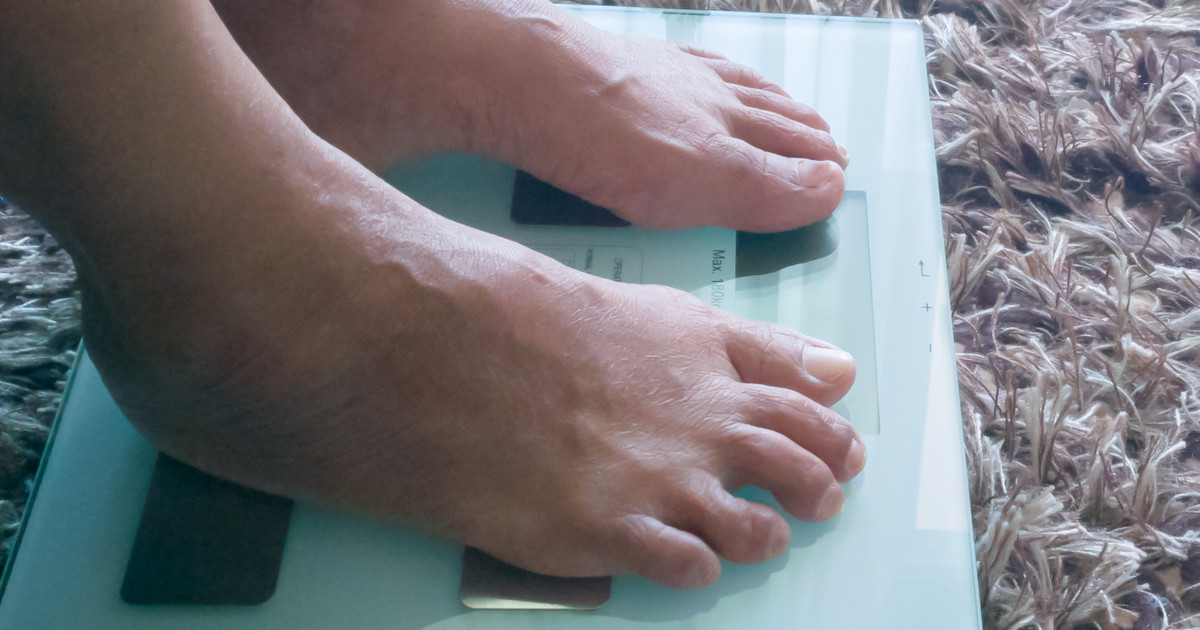What Are The Risk Factors And Complications Of Hidradenitis Suppurativa?
Hidradenitis suppurativa appears to be a painful skin disease. Patients may experience small lumps under their skin. The skin bumps may break, triggering significant pain. The bumps appear to form where the individual's skin rubs together, such as the armpits and thighs. It seems that this condition may last for years. The flares may get worse the longer a patient is dealing with this condition.
Patients may apply prescription topical creams for hidradenitis suppurativa. They also seem to use over-the-counter medicine for hidradenitis suppurativa, particularly medication for pain. Red light therapy for hidradenitis suppurativa also appears to be a treatment option. Laser hair removal for hidradenitis suppurativa may relieve itchy skin and some other symptoms. However, patients still need to understand what the potential risk factors and complications of this condition are. This may affect their treatment.
Age And Gender
It seems as if age and gender are significant risk factors for hidradenitis suppurativa. The individuals who are most at risk appear to be between eighteen and twenty-nine years old. However, individuals may be affected when they are younger or older than this. If patients develop this condition when they are young, they seem to be at a higher risk of complications. They may also develop a widespread disease that may not be closely connected to their skin condition.
Women appear to develop this disease more often than men. However, researchers do not seem to know precisely why this is the case. Statistics of patients diagnosed with this condition may be the only reason they have pinpointed at-risk groups.
Reveal more information on possible risk factors for this condition now.
Obesity
Obesity may increase an individual's risk of experiencing this condition. In addition, overweight patients seem to deal with more severe symptoms than other patients. Obesity appears to be a risk factor because the patient's skin can rub together more often. Their skin may also have extra folds in it. Individuals who are obese also seem to have increased inflammation. This may increase how likely they are to develop this condition as well.
Some evidence appears to indicate that losing weight helps reduce an individual's risk. It also seems to lessen the severity of flare-ups. The flare-ups may not occur as often as well. According to research, patients may be able to see significant improvement by losing just ten percent of their body weight. One study claims that thirty-five percent of their participants may have experienced a reduction in their symptoms. This may be because weight loss reduces friction on the skin. It may also lower microbial colonization.
Uncover more potential risk factors of this condition now.

